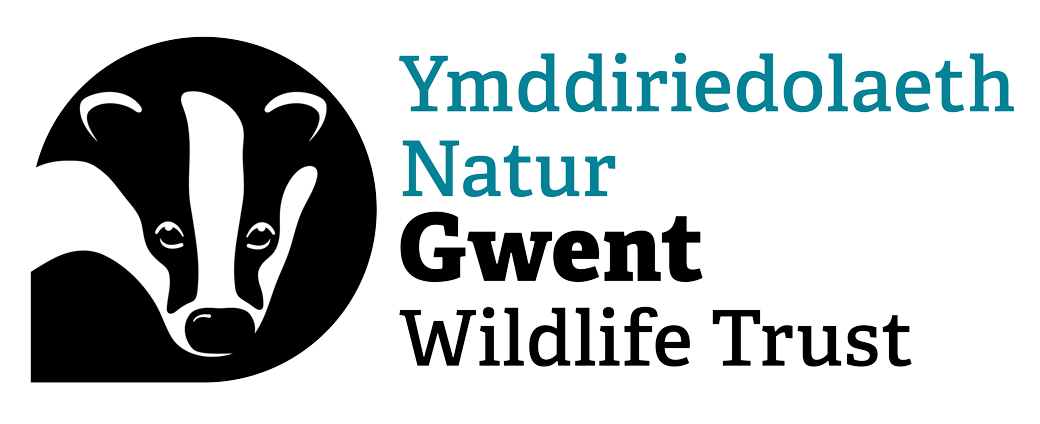Search
Chwilio
A leading Welsh family-run business has extended the hand of generosity to Gwent Wildlife Trust
Hopkins Machinery have built on their relationship with us by becoming Platinum Business members of our charity.
Fake News about Nature's Recovery
The Wildlife Trusts are getting a lot of media enquiries wanting evidence of nature returning while everyone has to stay at home during the coronavirus lockdown. While it’s clear that those goats…
Local Wildlife Site Gems
Viv Geen has joined our team as an Ecological Surveyor. Viv’s role involves re-surveying all the SINCs (Sites of Importance for Nature Conservation), adopted by local authorities in Gwent, with a…
Bladder campion
Bladder campion is so-called for the bladder-like bulge that sites just behind the five-petalled flower - this is actually the fused sepals. Look for it on grasslands, farmland and along hedgerows…
White campion
At night, the pretty, white blooms of white campion produce a heady scent, attracting feeding moths. Look for this wildflower along hedgerows and roadside verges, and on waste ground.
How to help wildlife at work
Attracting wildlife to your work will help improve their environment – and yours!
Red campion
Just as the bluebells finish flowering in our woodlands, the rose-red blooms of red campion start to brighten up the woodland floor. Look for this pretty plant in hedges and roadsides, too.
Create a Winter Wonderland for Wildlife
Our Senior Conservation Ecologist Andy Karran gives ten top tips to help wildlife in your garden this winter.
How to make a hedge for wildlife
Hedges provide important shelter and protection for wildlife, particularly nesting birds and hibernating insects.
Sea campion
If you happen to be near rocky places such as sea cliffs, shingle coastlines or even gravel paths during the summer months you will most likely come across sea campion.
New report provides important record of the state of Gwent’s wildlife
A thought-provoking new report, published on Wednesday 21st July, has looked at the breadth of wildlife in Gwent, recording the ecological successes and identifying those species most at risk.
